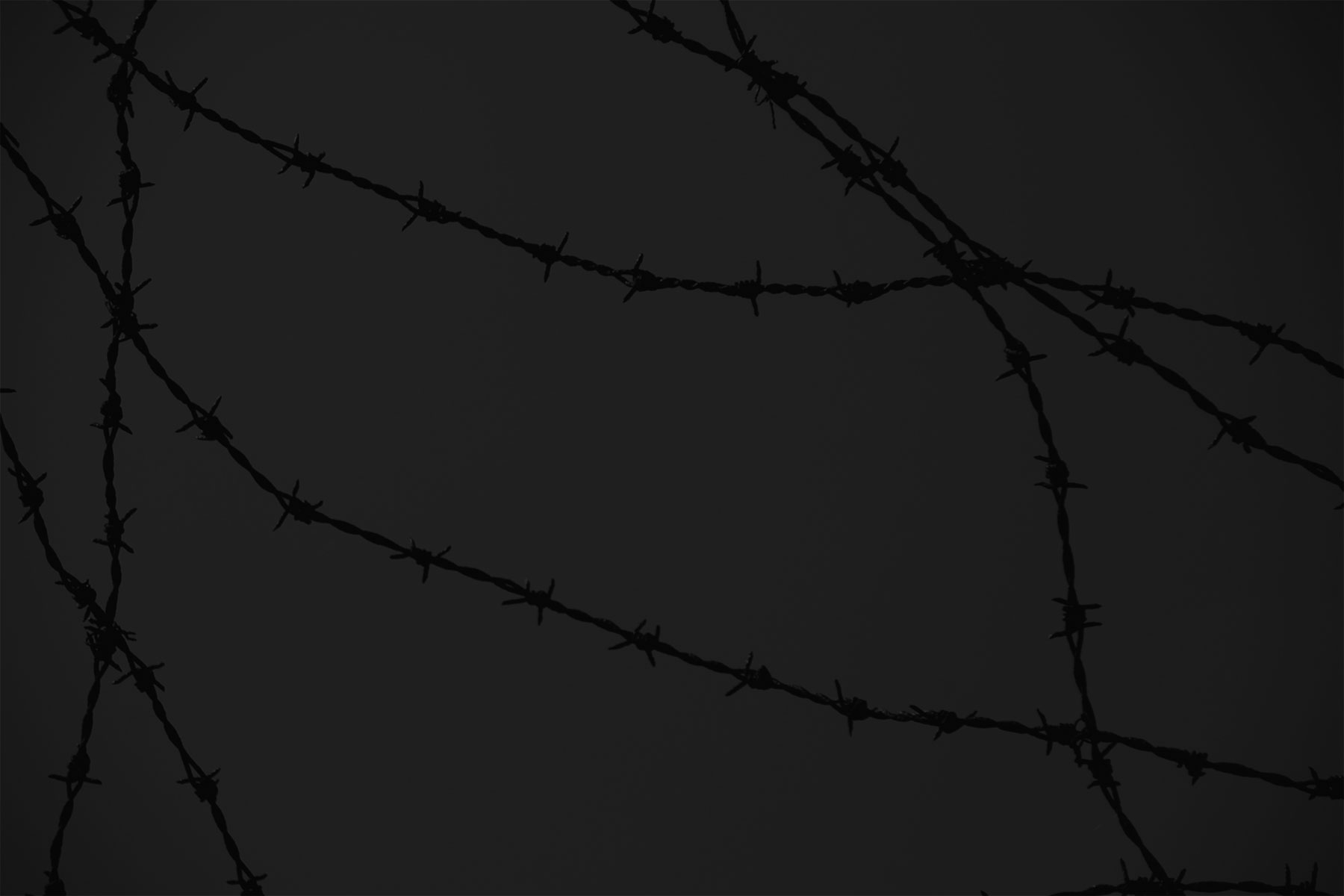Morton Hall detention centre – a threefold rise in self-harm, increased safety concerns and continuing long-term detention
21 March 2017
There has been a threefold increase in self-harm and a decline in safety in Morton Hall immigration detention centre, according to the inspection report published today. The report also highlights that the centre, which holds up to 392 men battling with anxiety and stress caused by the uncertainty of indefinite detention, ‘looks and feels like a prison’.
Morton Hall centre, near Lincoln, is one of two immigration detention centres run by HM Prison Service. In January this year, a young Polish man at Morton Hall took his own life, leaving his baby and his partner behind. The baby was born on the day of the man’s death.
The inspection report links ‘the very high levels of frustration’ with the experience of unending long-term detention, and observed that for many ‘there was no clear pathway towards release’.
Just as in Brook House immigration detention centre earlier this month, the inspection team found evidence of routine long-term detention at Morton Hall. The average length of detention was over three months, and the inspection found 31 men who had been detained over a year, including two who had been detained for over two years. Two other men had been detained cumulatively for a total of more than three years.
The report is also critical of centre management’s use of ‘procedural and physical security measures, supported by a punitive rewards system’, without conducting any analysis as to the reasons for the high number of security incidents in the centre. The inspection team observes that ‘This approach was clearly not working’, with 38% of those surveyed saying that they did not feel safe at Morton Hall.
In addition, the standard regime was described as ‘exclusively punitive – which was inappropriate and unusual to see in an IRC (Immigration Removal Centre).’ The inspection team also repeated their earlier recommendation that officers stop carrying batons.
The report puts further pressure on the Government to deliver its promised detention reform. During Westminster Hall Debate last week, the Immigration Minister was heavily criticized for ignoring many of the recommendations made by the Parliamentary Inquiry into Use of Immigration Detention and the government-commissioned Shaw Review. While both inquiries concluded that UK must immediately reform its current practice of detaining far too many people for far too long, the latest statistical information shows no change.
The UK remains as an outlier in Europe and is the only country with no time limit over immigration detention. Recently, the Council of Europe´s anti-torture committee (CPT) clarified its view in its fact sheet on standards on immigration detention that ‘the prolonged detention of persons under aliens legislation, without a time limit and with unclear prospects for release, could easily be considered as amounting to inhuman treatment.’
Lisa Matthews, Coordinator at Right to Remain said:
“The harm and uncertainty of detention rings out clearly in this carefully worded report. All of the people we work with who have experienced detention are marked by it: the harm does not end with release. The policy of detention is proof of a society harming itself – locking tens of thousands of people up every year, with many more living in constant fear this will happen to them. Every day that the government stalls on its promised fundamental reform of detention is another day of uncertainty, fear and harm for those at risk of detention and those detained right now.”
Eiri Ohtani, Project Director of the Detention Forum said:
“The inspection report shows an abandoned group of people held under a punitive regime behind razor wire. Despite immigration detention’s colossal human and financial cost, many centres’ remoteness lets the government continue to regard them as ‘out of sight, out of mind’. Just last week, a group of cross-party MPs challenged the Immigration Minister on his inaction. It’s time that the Minister sits up and starts developing community-based alternatives to detention.”
You can read our live Q & A session with ‘Dave’ at Morton Hall in November last year here.
